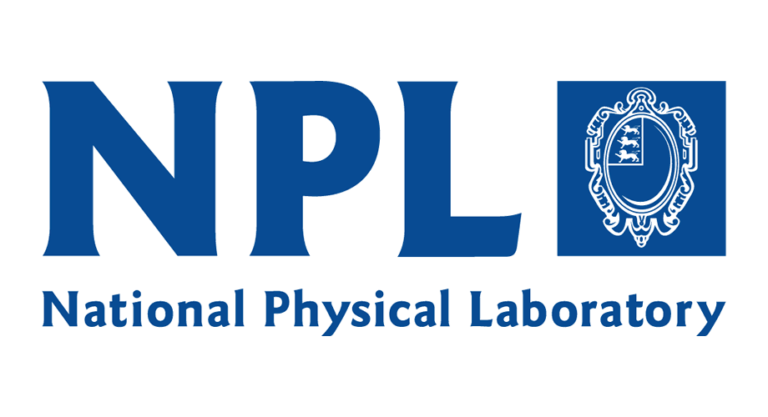Ideal system for detection of traces of harmful and illegal substances should be capable of rapid, in-situ identification of a broad range of materials at significant range whilst scanning over large areas. Such automated systems should be capable of detecting the threat, work in complex, contaminated environments, identify the array of substances, and provide suitable and timely warnings while minimising interruption to normal flow of people. In this project a new stand-off scanning dual-comb spectrometer will be developed for detection and identification of chemical, biological or explosives residues on various surfaces.
Recently, we demonstrated stand-off sensing of traces of molecular substances based on dual-comb spectroscopy using Quantum Cascade Lasers (QCL) frequency comb sources (https://doi.org/10.1109/TIM.2022.3147899 ). In this project a proof-of-concept of a stand-off scanning dual- comb spectrometer for chemical, biological and explosives detection and identification will be developed.
The achievable detection limits of the dual-comb scanning spectrometer in static and scanning regimes will be analysed. Main limitations in pushing these detection limits towards the values of practical interest for traces of substances detection will be determined. The best statistical methods for in-situ identification of substances on various surfaces will be studied targeting the development of bespoke software for target identification in field environment.









